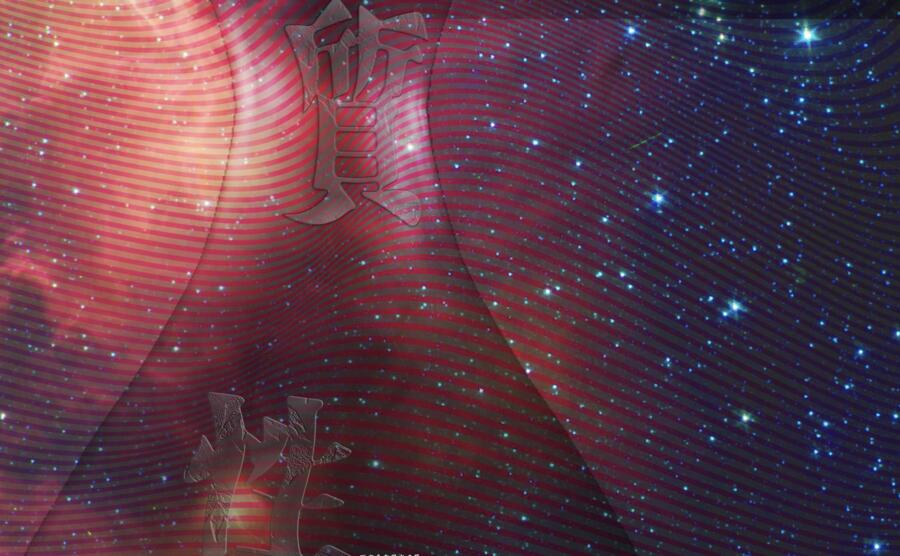Type d'événement, date(s) et adresse(s)
Journée(s) d'étudeMateriality & Multiculturality: A Dialogue Between Aesthetics, Arts, and Anthropology
| Élément joint | Taille |
|---|---|
| Programme : Workshop Materiality & Multiculturality 2021 | 377.19 Ko |
| Affiche : Materiality & Multiculturality | 9.84 Mo |

Les journées d'étude du programme IPAA / CRAL-NTUE auront lieu en ligne, les 20 et 21 décembre 2021.
Organisateurs
- Yolaine Escande
- Johanna Liu
- Lin Chi-Ming
Avec des interventions de : Jean-Marie Schaeffer, Yolaine Escande, Michèle Leung (doctorante au CRAL) et Johanna Liu (membre associée au CRAL).
L'un des objectifs de ce workshop international est de mener des dialogues interdisciplinaires entre les domaines de l'esthétique et de l'anthropologie concernant la matérialité et la multiculturalité des objets ou artefacts.
En savoir plus
Les horaires indiqués dans le programme sont ceux de Taipei.
Présentation détaillée (Eng)
Continuing the topics that the International Project on Art and Aesthetics (IPAA) has been discussing in recent years, International Workshop this year will focus on "Materiality and Multiculturality " to conduct a dialogue between aesthetics, art research and anthropology .
When modern anthropology renewed its discoveries and theories in the early twentieth century, many current object-related familiar themes became the focuses of the research, including myths and rituals, symbolic systems in a society without writing (such as masks, totems, and figurative patterns), influence of social organizations on the making of symbols (such as whether there is a specific group, equivalent of the artists or artisans-craftsmen today), and the broad frame of thinking about the relationship between culture and nature. In recent decades, cultural anthropology’s developments are involved in multiple key issues in the studies of the aesthetics and the arts, such as the universality and the common, the cultural diversity and relativity, the research and preservation of the material and immaterial ,cultural heritage, locus of aesthetic, intercultural contact and translation. In this era of 2021, anthropology is frequently been recognized as a unique way of observation and description, particularly in facing the future challenges, such as the human responsibilities in the Anthropocene and the following planetary turn in arts and literature, the development of the artificial intelligence (AI) and robotics that may completely redefine the relationship between the human and the technology, etc.
The art and aesthetics of the 21st century strive to break away from the limits of the anthropocentrism, and explore the possibility of creation with unknown materiality in the context of rising material culture and information digital media.
In such a context, several concepts have emerged, such as “multiculturality”, and “materiality”, but these have not much been studied under an aesthetic and artistic viewpoint till now.
In recent years, the study of material culture has become more and more prosperous. But what is material? What is the materiality of works? How are materials and culture related? These questions remain unresolved. Different from the concept of the material in traditional art theory, the materiality of works refers to the physical existence of works, whether from the viewpoint of contemporary aesthetics or anthropology. The materiality of objects is also different from the object of the objective research in modern physics, but closer to the growth (φύσις) of natural objects in Greek culture. In fact, different disciplines have different understandings and explanations of the materiality of objects; the materiality of objects also functions as the foundation of artistic creation in different cultural regions through different practices of selection, operation, and placement to reveal the relationship between human and human, human and environment, or human and god, like that of stones or trees. The materiality of objects silently conveys rich message in different cultures, which reveals voicelessly the multiculturality of the objects.
Thus, just like materiality should be distinguished from “materialism”, multiculturality should be defined in contrast to multiculturalism and the notions of identity and hybridity. It should also be differentiated from the idea of nationalism. The question then is not about identity, but about how the problems linked to it appear in the practice of the arts. Multiculturality has to do with the artists themselves, and the way they are affected by their own different cultures.
Related Sub-Topics, including:
- Materiality of objects, artifacts---anthropological and aesthetic approaches
- Technology and Performance of materiality and its multiculturality
- The unknown materiality in contemporary art creativity
- Materiality, Myth, Ritual and art
- Aesthetics of multiculturality and artist’s practice
- The existence of Thing in Asian Culture, theory and praxis)